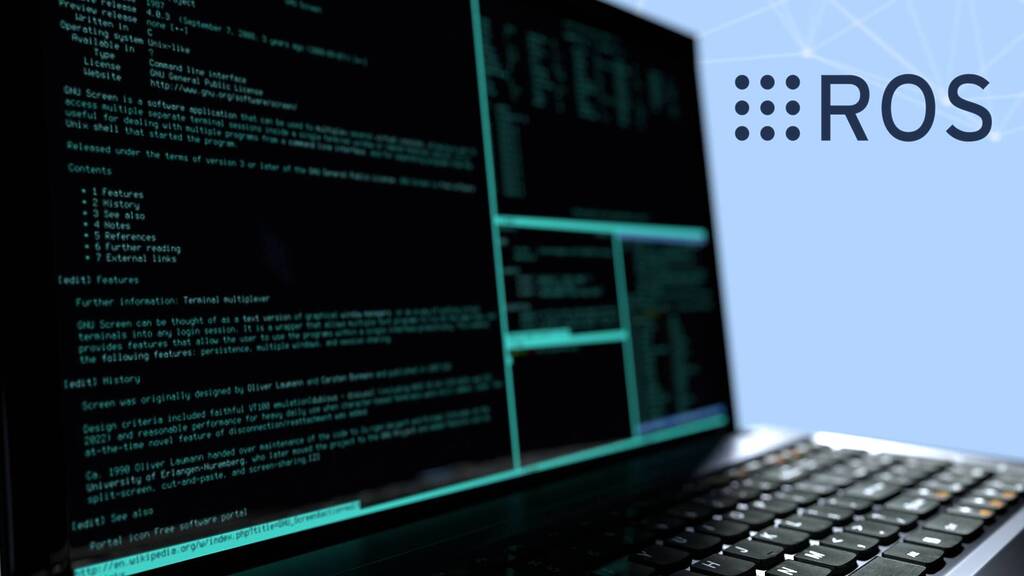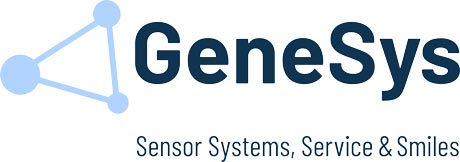Installation
Preconditions
Before installing and using the ADMA ROS2 driver you have to install ROS2 on your system. Please refer to the relating documentation of the respective ROS distribution.
Workspace and Repository for ROS2
Create your ROS2 workspace and clone this repository. The name of your workspace can be chosen freely.
mkdir -p ~/ros2_ws/src
cd ~/ros2_ws/src
git clone -b ros2_master https://github.com/GeneSysElektronik/adma_ros_driver.gitNote: In the example we used the HTTPS Link, you can also use SSH.
ROS2 Dependencies
Install all needed ROS dependencies. The warning "ament_cmake_clange_format" can be ignored.
cd ~/ros2_ws
# source ROS
. /opt/ros/$ROS_DISTRO/setup.bash
# initialize rosdep
sudo rosdep init # only required if not already done for other projects on your system
# update rosdep
rosdep update
# install dependencies
rosdep install --from-paths src --ignore-src -yNote: If you want to avoid sourcing the ROS distribution manually in every terminal session, add the source command to your .bashrc file as follows.
#------------------------------------------------------------
# Add ROS2 Humble
source /opt/ros/$ROS_DISTRO/setup.bash
#------------------------------------------------------------
Building the ROS2 Workspace
cd ~/ros2_ws
. /opt/ros/$ROS_DISTRO/setup.bash
colcon build --symlink-installConfiguration of the driver
Configure the ADMA and the ROS Driver accordingly (see Configuration Parameters).
Starting the driver
After sourcing the driver you are able to start it. For adapting the driver configuration to your surrounding please refer to the article ROS2 - Configuration.
. ~/ros2_ws/install/setup.bash
ros2 launch adma_ros2_driver adma_driver.launch.pyWatch ROS2 live data
When the driver is running it is possible to open up a second terminal and show the current data packet values of the ADMA data stream.
. ~/ros2_ws/install/setup.bash
. /opt/ros/$ROS_DISTRO/setup.bash
ros2 topic list
ros2 topic echo /genesys/adma/data_scaledOpen Source Driver
The ADMA ROS2 driver is open source, which means you have full access via Github. We love the opportunity to work hand in hand with the customer, which is why we encourage you to use the "Pull Request" tool for bug fixes, feature options or changes in the driver.
Additionally you can describe issues or feature wishes in the issues part of the driver. This opens room for discussion and gives us the opportunity to optimize the ROS2 driver to your applications.

Binary Raw data
The Driver automatically loggs the .gsdb format, a raw data GeneSys format. This is enabled by default and can be turned of in the launch file. The raw data file makes it possible to use the ADMA PP (Post processing) software for fixing some configuration parameters in case of misuse and it enables the support workers to quickly analyze and validate measurement data in support cases.


